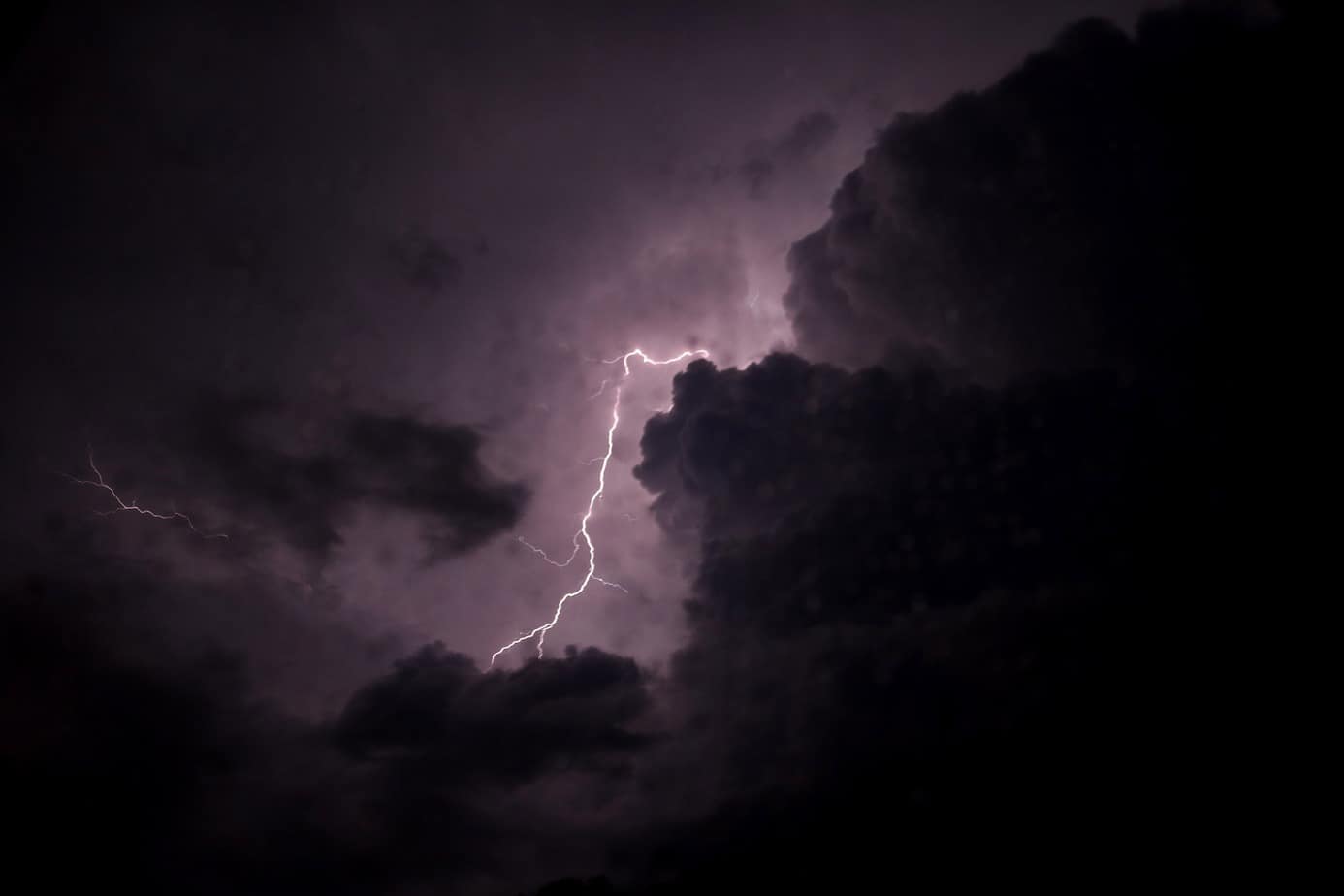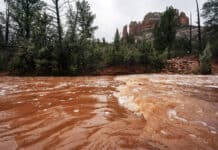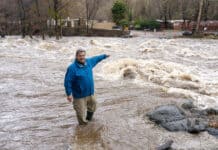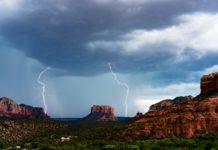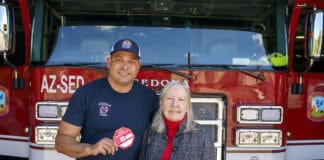The U.S. Forest Service reminds everyone that each year people are injured by lightning. High on the list of activities where this occurs are hiking, climbing, camping, fishing, boating and golfing.
Many vacationers are unaware of the measures they can take to lower their risk of being struck.
They should educate themselves about lightning strikes. They should be near safe shelter and try to avoid high terrain, golf courses, and bodies of water during high lightning activity of late morning to evening.
As a reminder, USFS offers the following suggestions:
- If you are caught above the tree line when a storm approaches, descend quickly. Avoid isolated trees. It is better to run into a forest.
- Electric storms can also develop in the middle of the night. To lower your odds, don’t pitch your tent near the tallest trees in the vicinity.
- Hikers, golfers, and others should run into a forest if a shelter or car is not nearby.
- Drop metal objects like golf clubs, tennis rackets, umbrellas and packs with internal or external metal frames.
- Get off bicycles, motorcycles, horses and golf carts. Metal bleachers at sports events, metal fences and utility poles are also to be avoided.
- If you are caught in an open field, seek a low spot. Crouch with your feet together and head low.
- If someone is struck, remember that people who have been hit by lightning carry no electric charge and can be safely tended to. Also, victims who appear dead can often be revived. If the person is not breathing, begin mouth-to-mouth resuscitation. But if a pulse is absent as well and you know cardiopulmonary resuscitation, begin CPR. Stay with the victim until help arrives.
- Don’t sit or lie down, because these positions provide much more contact with the ground, providing a wider path for lightning to follow.
- If you are with a group and the threat of lightning is high, spread out at least 15 feet apart to minimize the chance of everybody getting hit.
- Don’t return to an open area too soon. People have been struck by lightning near the end of a storm, which is still a dangerous time.
- Swimmers, anglers, and boaters should get off lakes or rivers and seek shelter when storms approach. Drop any fishing rods. Boaters who cannot get off the water before the storm hits should crouch low. Once on land, get at least 100 yards away from shore.
- Most wildfires that begin during the monsoon are from lightning strikes. If you witness a lightning strikes that ignites a fire in brush or trees, call 911 and report the location so fire
The U.S. Forest Service reminds everyone that each year people are injured by lightning. High on the list of activities where this occurs are hiking, climbing, camping, fishing, boating and golfing.
Many vacationers are unaware of the measures they can take to lower their risk of being struck. They should educate themselves about lightning strikes. They should be near safe shelter and try to avoid high terrain, golf courses, and bodies of water during high lightning activity of late morning to evening.
As a reminder, USFS offers the following suggestions:
- If you are caught above the tree line when a storm approaches, descend quickly. Avoid isolated trees. It is better to run into a forest.
- Electric storms can also develop in the middle of the night. To lower your odds, don’t pitch your tent near the tallest trees in the vicinity.
- Hikers, golfers, and others should run into a forest if a shelter or car is not nearby.
- Drop metal objects like golf clubs, tennis rackets, umbrellas and packs with internal or external metal frames.
- Get off bicycles, motorcycles, horses and golf carts. Metal bleachers at sports events, metal fences and utility poles are also to be avoided.
- If you are caught in an open field, seek a low spot. Crouch with your feet together and head low.
- If someone is struck, remember that people who have been hit by lightning carry no electric charge and can be safely tended to. Also, victims who appear dead can often be revived. If the person is not breathing, begin mouth-to-mouth resuscitation. But if a pulse is absent as well and you know cardiopulmonary resuscitation, begin CPR. Stay with the victim until help arrives.
- Don’t sit or lie down, because these positions provide much more contact with the ground, providing a wider path for lightning to follow.
- If you are with a group and the threat of lightning is high, spread out at least 15 feet apart to minimize the chance of everybody getting hit.
- Don’t return to an open area too soon. People have been struck by lightning near the end of a storm, which is still a dangerous time.
- Swimmers, anglers, and boaters should get off lakes or rivers and seek shelter when storms approach. Drop any fishing rods. Boaters who cannot get off the water before the storm hits should crouch low. Once on land, get at least 100 yards away from shore.
- Most wildfires that begin during the monsoon are from lightning strikes. If you witness a lightning strikes that ignites a fire in brush or trees, call 911 and report the location so fire
















